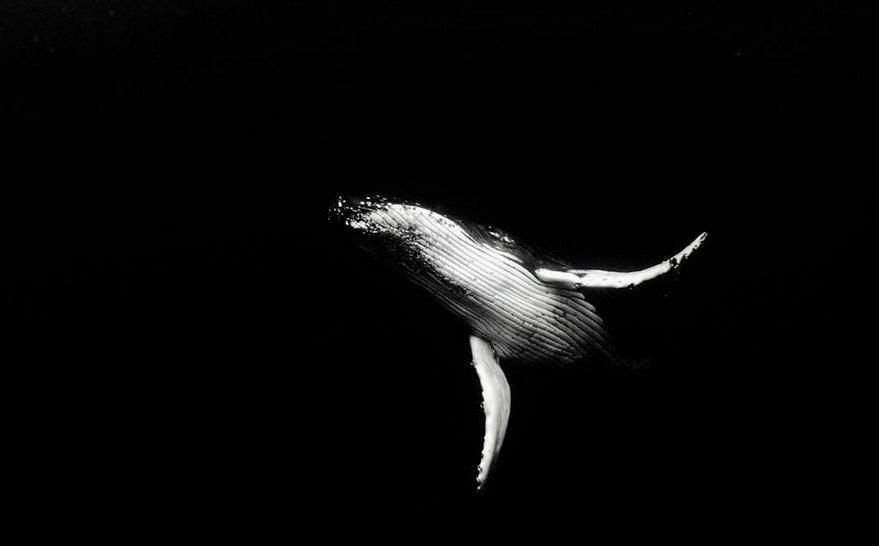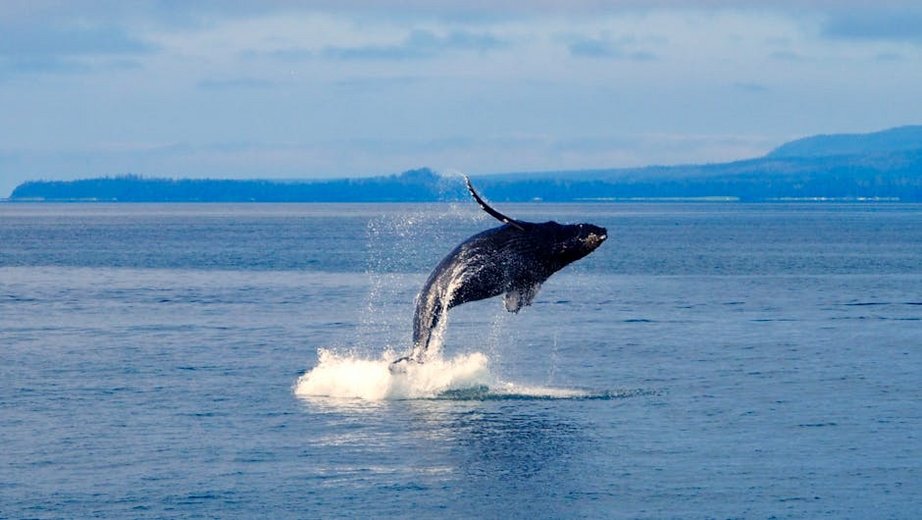Dominican Republic Samaná Whale Watching: Your Ultimate Guide to an Epic Adventure
Embarking on Dominican Republic Samaná whale watching is one of the most breathtaking natural spectacles you can experience in the Caribbean, where thousands of humpback whales migrate annually to the warm waters of Samaná Bay. From January through March, these majestic creatures put on an unforgettable show, breaching and tail-slapping just meters from your boat. I’ve been fortunate to witness this marvel multiple times, and each visit leaves me in awe of nature’s grandeur. You’ll find yourself surrounded by crystal-clear turquoise waters, lush green landscapes, and the thrilling sight of 40-ton whales dancing in their natural habitat. This comprehensive guide covers everything from booking the best tours to understanding whale behavior, ensuring your Samaná whale watching adventure becomes a cherished memory. Whether you’re a first-time visitor or a seasoned traveler, the Dominican Republic’s Samaná Peninsula offers a unique opportunity to connect with marine life in one of the world’s most important whale sanctuaries.
Dominican Republic Samaná Whale Watching – Essential Information
Understanding the fundamentals of Dominican Republic Samaná whale watching will significantly enhance your experience, as this natural phenomenon has specific timing and behavioral patterns. The Samaná Bay serves as a crucial breeding and calving ground for North Atlantic humpback whales, with an estimated 2,000-3,000 whales visiting annually. These gentle giants travel over 3,000 miles from feeding grounds in Iceland, Greenland, and Norway to mate and give birth in these protected Caribbean waters. You’ll be amazed by their acrobatic displays, which scientists believe serve communication and mating purposes. The Dominican government has established strict regulations to protect these magnificent creatures, requiring licensed tour operators and maintaining safe viewing distances. This responsible tourism approach ensures the whales’ wellbeing while providing you with an ethical and unforgettable encounter.
What Makes Samaná Unique for Whale Encounters
- Samaná Bay’s shallow, warm waters create ideal conditions for humpback whales to give birth and nurse their calves, making sightings of mother-calf pairs particularly common during February and March.
- The Silver Bank sanctuary, located northeast of Samaná, is one of only three designated humpback whale marine sanctuaries worldwide, offering unparalleled protection and research opportunities.
- Local guides possess generations of knowledge about whale behavior and migration patterns, providing insightful commentary that transforms a simple boat trip into an educational marine biology lesson.
- Budget options ($45-75 USD per person) include shared group tours on larger vessels with basic amenities, typically lasting 3-4 hours with bilingual guides and refreshments included.
- Mid-range experiences ($80-150 USD) feature smaller group sizes on faster boats, often including hotel pickup, professional photography services, and extended 5-6 hour excursions with lunch.
- Luxury private tours ($200-400 USD) provide exclusive boat charters with marine biologist guides, gourmet catering, and flexible itineraries that maximize whale encounter opportunities.
- Official Dominican Republic Ministry of Tourism – Samaná Guide
- Whale Samaná – Certified Whale Watching Operator
Key Facts About Humpback Whales in Samaná
Humpback whales visiting Samaná typically measure 40-50 feet long and weigh up to 40 tons, with their distinctive long pectoral fins and knobby heads making them easily recognizable. Their complex songs, which can travel for miles underwater, are primarily sung by males during mating season and represent one of the most sophisticated communication systems in the animal kingdom. Researchers have identified that individual whales return to Samaná year after year, with some known individuals documented for over three decades. You’ll often witness spectacular surface behaviors including breaching, spy-hopping, and tail-slapping, which serve various social functions from attracting mates to establishing dominance.
Dominican Republic Samaná Whale Watching – Planning Your Trip
Proper planning transforms your Dominican Republic Samaná whale watching adventure from a simple excursion into a seamless, magical experience. You’ll want to consider everything from tour operator selection to personal preparation, as the bay’s conditions can vary from calm glassy waters to moderately choppy seas depending on weather patterns. I recommend booking your whale watching tour at least 2-3 months in advance, especially if traveling during peak season in February, as the best operators fill up quickly. Many visitors combine their whale watching with exploring Samaná’s other attractions like Los Haitises National Park or the stunning El Limón waterfall, creating a well-rounded Dominican vacation. Remember to pack motion sickness remedies if you’re prone to seasickness, as the boats can rock considerably when stationary during whale observations.
Best Time to Visit for Whale Watching
The prime whale watching season in Samaná runs from January 15th through March 31st, with peak activity occurring between late January and early March when whale concentrations are highest. Early season (January) offers excellent mating behavior observations, while late season (March) provides more calf sightings as newborns gain strength. February typically delivers the best overall experience with optimal weather conditions and maximum whale numbers. Morning tours generally provide calmer seas and better lighting for photography, though afternoon trips can be less crowded. Avoid visiting outside these months, as whale presence drops significantly, and many reputable tour operators suspend services to minimize disturbance during migration periods.
Budget Planning and Costs
Essential Preparation Checklist
Your whale watching preparation should include both practical items and mental readiness for this incredible adventure. Pack seasickness prevention medication, as even experienced boaters can feel discomfort during extended stationary viewing periods. Bring polarized sunglasses to reduce water glare and spot underwater whale movements more easily. Wear quick-dry clothing in layers, as temperatures can shift from cool morning breezes to intense midday sun. Don’t forget waterproof bags for electronics, high-SPF sunscreen, and a wide-brimmed hat for sun protection. Mentally prepare for potential waiting periods between sightings by bringing patience and excitement—whale watching requires some luck, but the reward is absolutely worth the anticipation.

Dominican Republic Samaná Whale Watching – Top Attractions and Activities
Beyond the main whale watching excursions, Samaná offers numerous complementary attractions that enrich your Caribbean adventure. The peninsula’s diverse landscape includes pristine beaches like Playa Rincón, consistently ranked among the world’s most beautiful, where you can relax after your marine expedition. You can explore Los Haitises National Park’s mystical mangrove forests and ancient Taino caves, providing fascinating cultural and ecological insights. Don’t miss the breathtaking El Limón waterfall, accessible via a scenic horseback ride through tropical forest, where you can swim in refreshing natural pools. These additional experiences create a perfect balance between marine wildlife encounters and terrestrial exploration, making your Samaná visit thoroughly rewarding. Many tour operators offer combination packages that include whale watching plus these land-based attractions, maximizing your time and value.
Must-See Whale Watching Highlights
The most spectacular moments during Dominican Republic Samaná whale watching often involve breaching—when whales propel their massive bodies completely out of the water—creating unforgettable photographic opportunities. You’ll frequently observe tail-slapping, where whales rhythmically beat their flukes against the water’s surface, producing thunderous sounds that carry across the bay. Spy-hopping behavior, when whales vertically raise their heads above water to observe their surroundings, provides incredibly intimate viewing moments where you can make eye contact with these intelligent creatures. Mother-calf interactions represent particularly heartwarming sightings, as newborns learn essential survival skills under their mothers’ watchful guidance. These behaviors collectively create a dynamic, ever-changing spectacle that will leave you marveling at nature’s complexity and beauty.
Hidden Gems and Local Favorites
Venture beyond the main tourist routes to discover Samaná’s hidden treasures, starting with the secluded Cayo Levantado island, often called “Bacardi Island” for its famous commercial appearances. Local fishermen sometimes offer informal coastal tours to less-frequented whale observation spots, providing unique perspectives away from the main boat traffic. The traditional fishing village of Las Galeras offers authentic Dominican culture and serves as a gateway to remote beaches only accessible by boat or hiking trails. For a truly local experience, visit during the weekend festival in Santa Bárbara de Samaná, where you can enjoy traditional music, dance, and cuisine while mingling with friendly residents who proudly share their whale conservation stories.
Dominican Republic Samaná Whale Watching – Practical Travel Information
Navigating the practical aspects of your Samaná whale watching trip ensures a smooth, enjoyable experience from arrival to departure. Most international travelers fly into Las Américas International Airport (SDQ) in Santo Domingo or Punta Cana International Airport (PUJ), then take ground transportation to Samaná, which typically takes 2-4 hours depending on your starting point. Alternatively, you can take domestic flights from Santo Domingo to El Catey International Airport (AZS), located just 15 minutes from Samaná. Within Samaná, rental cars provide flexibility for exploring multiple attractions, though organized tours usually include transportation. Accommodation options range from budget-friendly guesthouses in Santa Bárbara de Samaná to luxury resorts along the peninsula’s coastline, with many properties offering whale watching package deals during season.
| Tour Category | Experience Details | Price Range (USD) |
|---|---|---|
| Standard Group Tour | 3-4 hours on 40-person boat with guide, drinks, and safety equipment | $45-75 per person |
| Premium Small Group | 4-6 hours on 15-person boat with marine expert, lunch, and photos | $80-150 per person |
| Private Charter | Full-day customized itinerary with captain, guide, and catering | $200-400 for 2-8 people |


